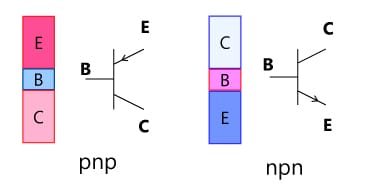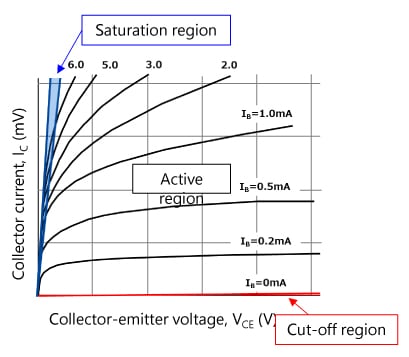- 半導體首頁
-
應用Automotive
Body Electronics
xEV
In-Vehicle Infotainment
Advanced Driver-Assistance Systems (ADAS)
Chassis
IndustrialInfrastructure
BEMS/HEMS
Factory Automation
Commercial Equipment
Consumer/PersonalIoT Equipment
Healthcare
Wearable Device
Mobile
Computer Peripherals
-
產品車用元件
Discrete Semiconductor
Diodes
電晶體
通用邏輯IC
Analog Devices
Digital Devices
Wireless Devices
※
: Products list (parametric search)
功率半導體※
: Products list (parametric search)
隔離器/固態繼電器Photocouplers
Digital Isolators
※
: Products list (parametric search)
MOSFETsIGBTs/IEGTs雙極性電晶體※
: Products list (parametric search)
Diodes※
: Products list (parametric search)
微控制器馬達驅動 ICs智能功率 ICs※
: Products list (parametric search)
電源管理 ICs線性 ICs※
: Products list (parametric search)
通用邏輯 ICs線性影像感測器其他產品其他產品
※
: Products list (parametric search)
-
開發/設計支援
開發 / 設計支援
-
技術知識
- 購買管道
- 型號 & 關鍵字搜尋
- 交叉搜尋
- 參數搜尋
- 線上庫存查詢跟購買
This webpage doesn't work with Internet Explorer. Please use the latest version of Google Chrome, Microsoft Edge, Mozilla Firefox or Safari.
型號需要超過三個文字以上 Search for multiple part numbers fromhere.
The information presented in this cross reference is based on TOSHIBA's selection criteria and should be treated as a suggestion only. Please carefully review the latest versions of all relevant information on the TOSHIBA products, including without limitation data sheets and validate all operating parameters of the TOSHIBA products to ensure that the suggested TOSHIBA products are truly compatible with your design and application.Please note that this cross reference is based on TOSHIBA's estimate of compatibility with other manufacturers' products, based on other manufacturers' published data, at the time the data was collected.TOSHIBA is not responsible for any incorrect or incomplete information. Information is subject to change at any time without notice.
型號需要超過三個文字以上
What is a bipolar transistor?
Bipolar transistors are a type of transistor composed of pn junctions, which are also called bipolar junction transistors (BJTs). Whereas a field-effect transistor is a unipolar device, a bipolar transistor is so named because its operation involves two kinds of charge carriers, holes and electrons.
Since the bipolar transistor was the first transistor to be invented, when one simply says "transistors," it sometimes means bipolar transistors.
Two types of bipolar transistor are available, known as npn and pnp, based on the type of junction. The structure of a bipolar transistor looks symmetrical. (For example, in the case of an npn transistor, the collector and the emitter on both sides of the p region of the base are n regions, which look the same.) However, the dopant concentrations in the collector and emitter regions are quite different. Therefore, if the emitter and collector terminals are reversed, a bipolar transistor has a much lower hFE and does not function as intended.
When a bipolar transistor is in the active region, the collector current is basically hFE times the base current. Therefore, an amplifier circuit can be configured using the active area.
In contrast, the saturation and cut-off regions allow bipolar transistors to be used as switches because there is little electrical resistance between emitter and collector in the saturation region and little current flows in the cut-off region.


Chapter 3, “Transistors,” of the e-learning session provides related information.
For the operation of a bipolar transistor, see the FAQ entry, “How do npn and pnp transistors operate?”

